Battling Biothreats
Strengthening Crisis Preparedness to Safeguard Biosecurity

A synthesis report produced by FP Analytics, with support from Emergent BioSolutions
May 2023
Foreword: For many of us involved in biodefense policy, the onset of the COVID-19 pandemic was a moment of despair and hope. Despair because this pandemic was utterly predictable — as were the initial failures of the global response. Hope because this could be the galvanizing moment to bring about the policy changes needed to take future biological threats off the table. More than three years later, that hope is still tantalizingly unrealized.
As members of the Bipartisan Commission on Biodefense, we and others have described the panic-and-neglect cycle of biodefense preparedness and response. Government makes significant investments, and the private sector leaps into action during a major biological event. Multilateral institutions leverage existing programs to facilitate the global response and look to forge new ways to collaborate and coordinate. Domestic legislative changes often follow — although too often, they make only incremental changes.
Then, as the immediate crisis abates, and the public’s attention shifts, the global commitment wanes. Promising technologies die on the vine, public health infrastructure decays, and more substantive policy changes are left for another day.
The folly of this approach is obvious. The threat of zoonotic diseases rises as global development increases interactions between people and wild animals. Nation states like Russia and North Korea possess known or suspected arsenals of biological weapons, and traditional principles of deterrence may no longer apply. The explosion of synthetic biology means that one of our greatest global health achievements — the eradication of smallpox — could be undone by a handful of bad actors using commercially available gene sequences.
In the United States, Congress has the opportunity to take significant steps toward improving our country’s preparedness and response with the reauthorization of the Pandemic and All-Hazards Preparedness Act. We urge leaders not to let pandemic fatigue and partisanship doom the potential for meaningful changes.
As exemplified by the simulations conducted by FP Analytics and supported by Emergent BioSolutions, the lessons of COVID are coming into focus. We need to be more integrated, more coordinated, more collaborative, and more committed. The real question is whether the global community has the political will to turn these lessons into reality and ensure that this time, the moment of opportunity does not pass us by.
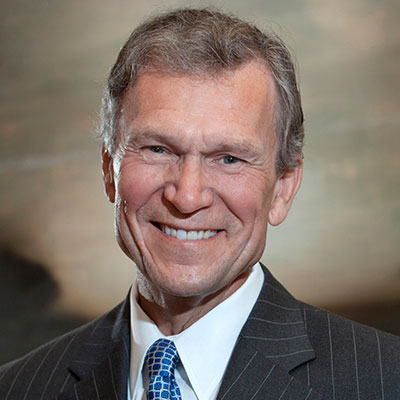
Senator Tom Daschle
Commissioner, Bipartisan Commission on Biodefense
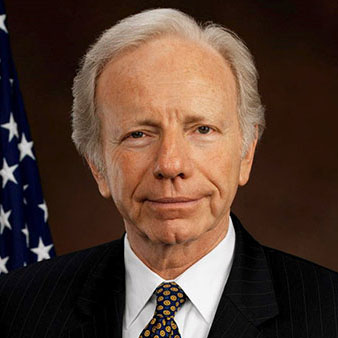
Senator Joe Lieberman
Co-Chair, Bipartisan Commission on Biodefense
FP Simulations convene experts and thought leaders to participate in scenario-based, interactive exercises that foster discourse and seek to address the challenges of security, diplomacy, and crisis management with the same focus and creativity that traditionally have been devoted to war games. The COVID-19 pandemic heightened concern and awareness of the risks of biological threats, presenting an opportunity to engage a range of stakeholders and experts to assess and address weaknesses in health systems and ongoing threats to global health security. Amid renewed concern over biosecurity threats and their propagation through the use of emerging technologies, between February and May 2023, FP Analytics partnered with Emergent BioSolutions to hold three in-person crisis simulations to prompt critical thinking on ways to more effectively anticipate, mitigate, and manage cross-border impacts from biological threats. The first simulation was coordinated as an official side-event of the Munich Security Conference (MSC), and the subsequent two in Washington, D.C., were co-hosted with the Bipartisan Pandemic Preparedness Caucus and supported by the Bipartisan Commission on Biodefense.
The simulations were based on a hypothetical scenario unfolding in Eastern Europe and tackled complex, cascading challenges relating to biosecurity, public health, and resilience. They brought together U.S. congressional representatives and staffers alongside leaders and experts from multilateral institutions, civil society organizations, academia, and the private sector. Participants were assigned to teams representing relevant stakeholders and invited to think creatively about how to manage complex security, health, and humanitarian crises. Conducting the simulation three times with different sets of participants illustrated the range of potential strategies, actions, and partnerships that could bolster transnational, multistakeholder cooperation in the interest of health security.
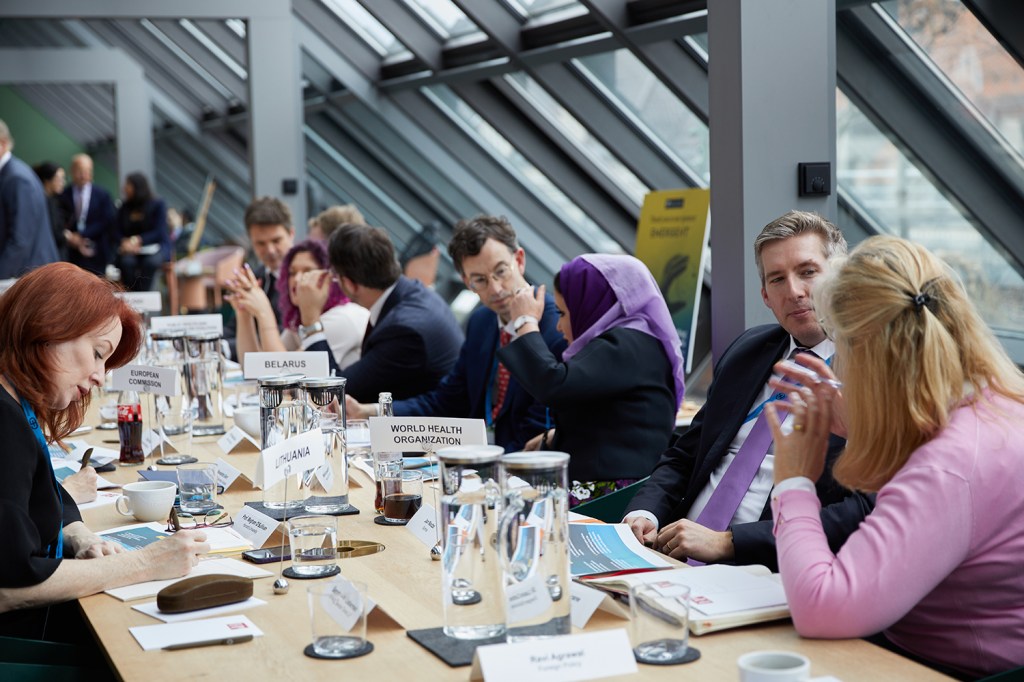
Key takeaways from the three simulations included:
- Biodefense, especially against the weaponization of pathogens, remains under-prioritized in national and international security, despite renewed attention to global health security infrastructure due to the COVID-19 pandemic. The U.S., E.U., and other major economies can be instrumental in ensuring the prioritization of biosecurity in policy and legislative agendas.
- Existing international conventions on biosecurity, bioweapons, and bioterrorism need to be reformed, updated, and expanded to deter and counter biosecurity threats—many of which are tech-enabled. Multilateral institutions have a key role to play alongside government and industry in strengthening resilience against risks posed by emerging technologies such as AI and synthetic biology.
- Cross-border and cross-sectoral cooperation on surveillance, detection, investigation, and countermeasures to biological threats can mitigate their impact and contain the spread of existing and new diseases. Governments can facilitate enabling environments for private-sector innovation and regulate existing and emerging scientific and technology protocols to reduce the risk of such capabilities being harnessed for malicious purposes.
- Preparedness and related investments need to be sustained in periods between public health emergencies. Depleted national stockpiles of medicine and personal protective equipment (PPE) need to be replenished, and manufacturing and sourcing of these essential goods need to be diversified. International donors have not kept post-COVID-19 pledges of financing for international preparedness. For example, better funding for bioforensics is needed to prepare effectively for biosecurity threats.
- Investment in health systems—including through foreign aid from high-income countries and direct private-sector investment—and supply chains is key to facilitating crisis response. Resilient, well-maintained infrastructure is therefore critical to crisis mitigation, and requires sustainable financing.
- Governments can benefit from the development of relationships with international organizations, academic institutions, and private-sector companies with the capacity for genome sequencing and other bioforensic capacities that can enable rapid collection of reliable information.
- Effectively countering mis- and disinformation remains a significant security weakness, particularly when accurate information is not immediately available to authorities. Trusted non-governmental organizations—particularly local media and civil society—will be key to transmitting timely and accurate information to the public in the event of a biosecurity crisis.
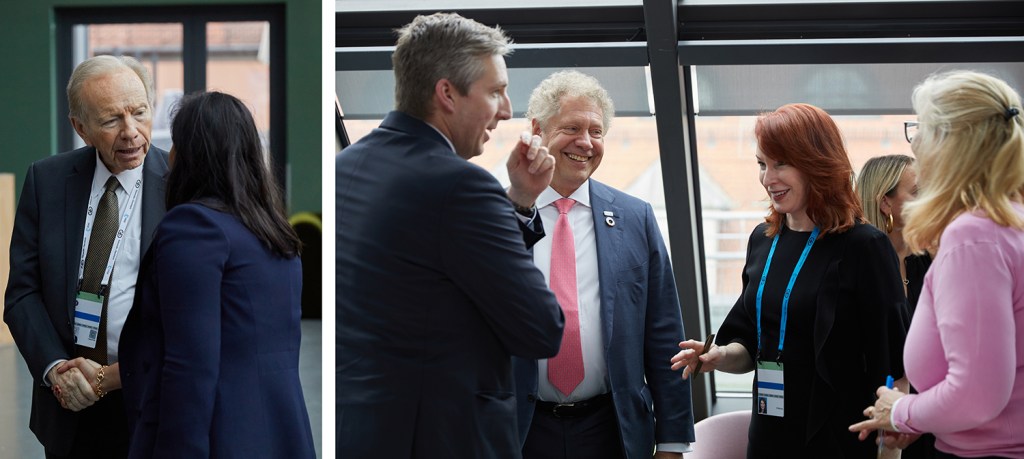
Analytical Foundation and Evidence Base for the Scenario
In 2022, in a controlled experiment, scientists generated 40,000 potential biological weapons using artificial intelligence (AI). While the relatively low cost and increased availability of advanced technology are transforming the risk landscape for bio-based attacks, bioterrorism remains overlooked and underprioritized in national and international policy agendas.
In addition to the very real risks posed by biological threats, the challenge before the global community is not only to get ahead of them but also to effectively combat mis- and disinformation and communicate with the public about what is and is not known and verified, and how those in leadership positions are working to contain the crisis. Building trust and countering false information is vital to rapid response and enlisting the public’s active participation in mitigating the risks and overall impact on human health and security.
Research by the Kaiser Family Foundation in 2021 found that over three-quarters of U.S. adults believed in, or were unsure about, at least one of eight common myths regarding COVID-19 and vaccinations, contributing to vaccine hesitancy, and undermining effective containment measures.
In addition to the challenge of mis- and disinformation, the COVID-19 pandemic exposed dramatic inequalities in the supply of, funding for, and access to, vaccines, with researchers in 2022 finding that nearly 70 percent of doses administered globally were in high- and upper-middle-income countries.
At the same time, no crisis takes place in a vacuum—exogenous factors interact with and augment the immediate health crisis in the scenario. Russia’s February 2022 full-scale invasion of Ukraine has profoundly impacted the stability of both countries, their neighbors, and the regional and global economy. For example, Lithuania sent over €400 million (approximately $428 million) in military aid to Ukraine in 2022, while Poland is host to over 1.6 million refugees.
Further, an international health crisis—and subsequent response and containment measures—can devastate local and global economies. International sanctions have significantly impacted the Russian economy: the European Commission (EC) estimates that around 70 percent of assets in the Russian banking system are currently under sanctions. Border closures, quarantines, and export restrictions all impacted access to food during the COVID-19 pandemic, leaving an estimated 5 percent of globally traded agricultural products subject to trade restrictions and between 720 and 811 million people at risk of hunger in 2020.
Building on these evidence-based insights and against the backdrop of the war in Ukraine, FP Analytics’ hypothetical scenario incorporated the risks and potential fallout from a bioterrorist attack in Lithuania perpetrated by a non-state group with an apocalyptic ideology.
Scene setter: A genetically modified pathogen triggers a public health crisis
A Europe-based fringe group with an apocalyptic ideology purchases synthetic biology technology to weaponize a hemorrhagic virus. The virus is released near the Lithuanian-Polish border and spreads rapidly.
Move 1: Health systems collapse
A few weeks later, as infection and mortality rates rise, health care systems suffer, travel and trade are restricted, workforce shortages arise, and global supply chains are threatened. Meanwhile, an online conspiracy theory goes viral about the virus’s origins and its spread.
Participants’ responses
Participants addressed the interconnected health, humanitarian, security, and economic challenges unfolding in the wake of this attack and three escalatory moves. For the duration of the simulations, participants were paired and assigned roles distinct from their current professional positions in order to challenge and encourage them to take on a new perspective. Roles included the North Atlantic Treaty Organization (NATO), the European Commission (EC), the World Health Organization (WHO), and the governments of the United States, Russia, Lithuania, Poland, and Belarus, alongside a fictional Public Health and Humanitarian Aid Coalition, and a fictional Biotechnology and Pharmaceutical Companies Coalition.
In Move 1, participants focused on emergency response and containment measures.
In the first simulation, held alongside MSC and incorporating experts from around the world, participants committed to international cooperation and coordination. The teams representing the U.S. and WHO undertook genome sequencing to identify the type and characteristics of the virus, while the biotechnology and pharmaceutical coalition began testing and identifying medical countermeasures. The WHO team also coordinated with the health and humanitarian aid coalition to deploy PPE and medical personnel to Lithuania and other areas in need of support. National governments committed to sharing accurate information widely and fostering public trust via local media and NGOs to proactively counter mis- and disinformation regarding the characteristics and origins of the virus. Despite this collaborative atmosphere, the private sector raised concerns regarding the protection of intellectual property (IP) and competitiveness. Participants frequently referenced lessons learned from the COVID-19 pandemic on the need for public-private partnerships, international cooperation, and appropriate emergency responses.
In the second simulation, participants worked to address potential medium-term impacts of the spread of the virus, including strain on food and health supply chains. The team representing the WHO emphasized the need for robust clinical trials and for the WHO to globally organize national or regional bodies such as the U.S. Food and Drug Administration (FDA) and European Medicines Agency (EMA) to reduce the timeline for development of vaccines and therapeutics. Acknowledging the potential impacts of the bio attack on food security and trade, the health and humanitarian aid coalition worked with participants representing Lithuania, Poland, and the EC to bolster local supply chains for food, water, and health supplies. To mitigate confusion and panic, participants coordinated public messaging for dissemination by governments and select medical and civil society organizations. The Russian team expressed some willingness to collaborate—in contrast to the isolationist approach taken in the first simulation—but remained wary, and countered with accusations about the origins of the virus and ensuing crisis.
In the third simulation, alongside a continued focus on countering mis- and disinformation, and the prioritization of containment measures, participants demonstrated greater willingness to cooperate on border restrictions. The WHO and EC teams offered to convene talks, including with Russia and Belarus, to find solutions that would contain the virus while maintaining the movement of essential goods and services. Participants hoped that this coordination would avoid the contradictory countermeasures implemented during the COVID-19 pandemic, and aid containment of the virus. Meanwhile, the Russian and Belarusian teams announced isolationist plans to develop their own vaccines, despite interest from other teams in global knowledge-sharing among scientists.
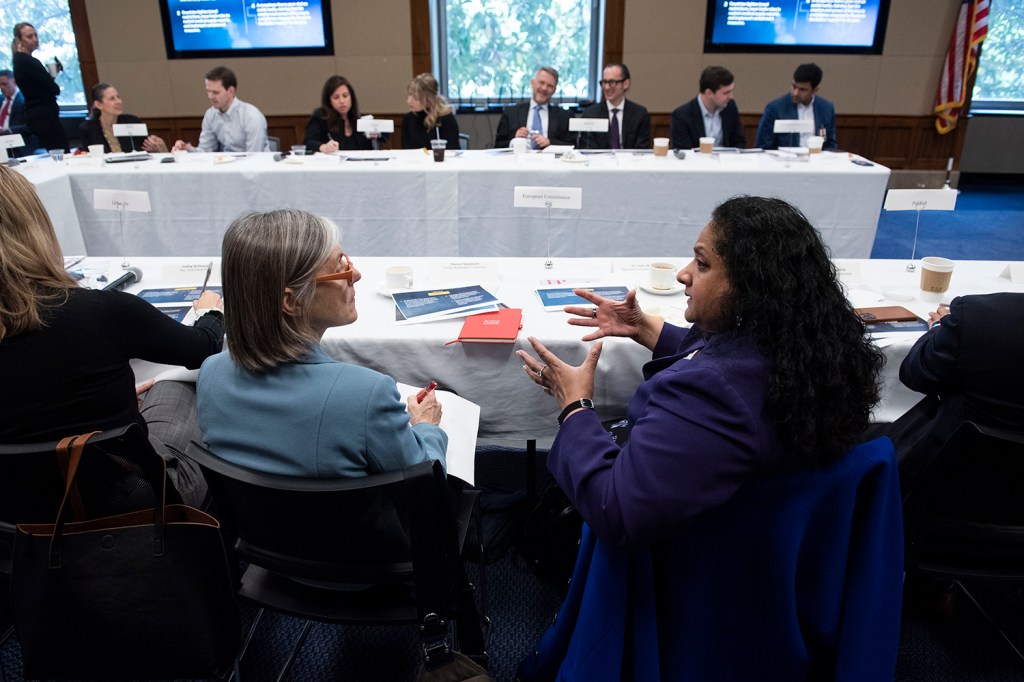
Move 2: Zoonotic transfers threaten global food systems
A few months later, hospital administrators warn that the regional energy crisis may lead to hospital closures and disrupt emergency care. Scientists confirm that the virus is zoonotic, leading to calls for livestock culls. Companies signal intent to cancel contracts with farmers, hitting local populations with wage cuts and food shortages.
Participants’ responses
In the first simulation, the Russian team offered help—including in the form of medical personnel, PPE, and access to Russian research and development (R&D) work—in return for the easing and removal of sanctions alongside a ceasefire cementing Russian territorial gains in Ukraine. Participants on other teams (with the exception of Belarus) did not to agree to the conditions. Meanwhile, teams, led by Lithuania, debated the use and utility of proposed response efforts, such as the EC’s plan to launch an emergency fund for countries at the frontlines of the bio attack and an initiative to coordinate the purchase and manufacture of medical supplies. By contrast, Lithuania suggested the deployment of funds already allocated to climate change adaptation and mitigation to avoid lengthy delays to raise emergency funds. While some teams expressed interest in this approach, concerns were raised about the feasibility and long-term consequences of redirecting such funds.
In the second simulation, held in Washington, D.C., the teams representing Russia and Belarus continued to pursue a strategy of isolationism. Neither country joined a collaborative international plan for countering mis- and disinformation, instead relying on local state-run media to share information on the virus and national response. Driven by the critical dwindling of food, water, medical supplies, energy, and military resources in the EU, participants called for support from the U.S. and China and proposed working closely with countries with thriving biotechnology sectors, including Israel, Japan, and Singapore. Finally, Lithuania prompted questions about the implications of the terrorist attack and its fallout on other national and international security issues.
In the third simulation, participants attempted to devise practical solutions to the ongoing crisis, but struggled to reconcile conflicting interests among teams. For example, the teams representing Lithuania and Poland called on the World Trade Organization (WTO) to help steward IP waivers and consider appropriate restrictions on the export of medical products to ensure adequate supply of drugs and equipment, but lacked wholehearted support from the biotechnology and pharmaceuticals coalition, which remained keen to protect IP above all. The health and humanitarian aid coalition insisted that any multilateral response to the health crisis should support and strengthen LMICs as well as the European countries at the epicenter, and called on the United Nations to coordinate crisis response centrally in order to reduce inequity.
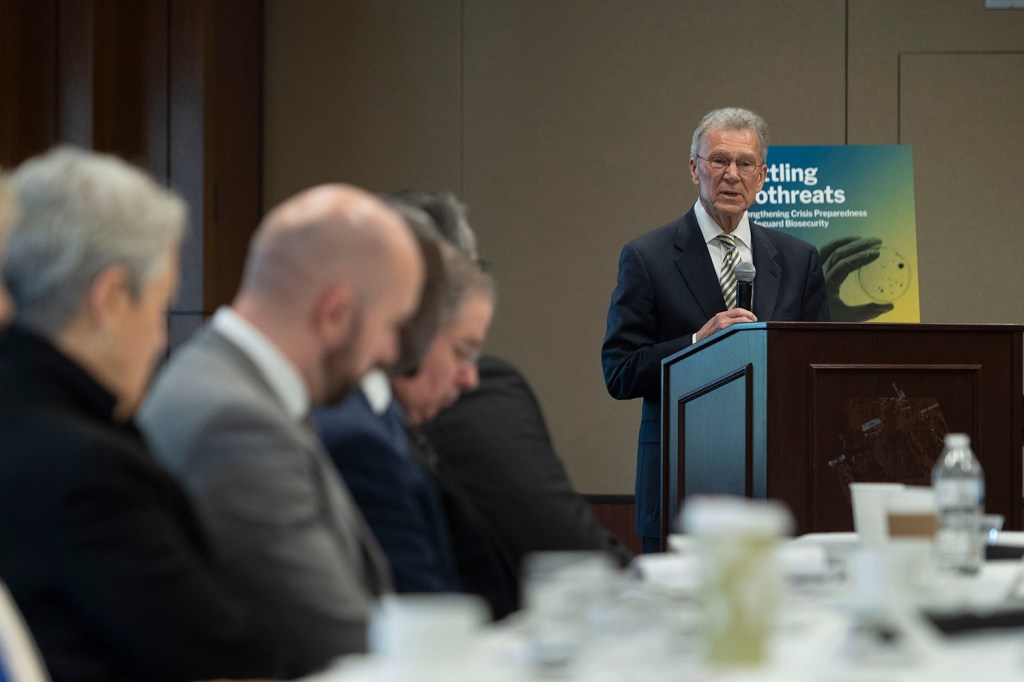
Move 3: Enhancing biosecurity and public health
A year after the virus was released, intelligence agencies confirm that the virus was a result of a bioterrorist attack and identify plans for further attacks. The apocalyptic group detonates a bomb in Belarus, disrupting a major regional trade and transit artery.
In the final Move, participants worked to balance their efforts to provide an immediate response with the need to expand and develop protocols to prevent future attacks.
In the first simulation in Munich, discussion turned to strengthening existing international agreements and conventions, and to future deterrence and response to biological attacks, including the Biological Weapons Convention and the Australia Group. The biotechnology and pharmaceutical coalition called for the easing of sanctions on Russia, to relieve health supply chains and facilitate the movement of goods and medical personnel. This was strongly protested by the WHO and EC teams, as well as Russia’s closest neighbors, which have provided significant support to Ukraine since the full-scale invasion in February 2022.
In the second simulation in D.C., participants representing Belarus surprised their colleagues by demonstrating a willingness to turn away from Russia and toward Western support in the wake of the bombing on Belarusian soil. Additionally, in response to calls from the health and humanitarian aid coalition to better regulate life sciences research, the U.S. team announced a university-driven collaboration with China to create and promote new codes of ethics for life sciences research.
In the third simulation, in response to the bombing, the team representing Belarus prioritized surveillance to identify radical groups and stem potential threats, and team Russia mirrored this response. Despite evidence provided by trusted intelligence sources to the contrary—supplied publicly to the participants by the moderator—some teams believed that Russia was behind both the bioterrorist and bombing attacks. The NATO team expressed willingness to mobilize special forces to safeguard members of the alliance as the security threat developed—while similar offers were made in all three simulations, it was only in the third, in D.C., that the NATO team called for the triggering of Article 5.
Looking Ahead
The Battling Biothreats simulation was designed to encourage reflection on and discussion of existing conventions, protocols, and frameworks surrounding bioweapons, biotechnology and life sciences, including the 1972 Biological Weapons Convention (BWC), the World Federation for Culture Collections (WFCC) Advisories, and the WHO Global Guidance Framework for Responsible Use of Life Sciences, and whether they are fit for purpose. In all three simulations, participants noted the inadequacy of existing international agreements, particularly their lack of funding, poor enforcement and surveillance mechanisms, and inability to keep pace with emerging technology. While these protocols offer useful guidance and outline steps for the monitoring of and response to the use of bioweapons, their weaknesses and lack of enforcement power make them easy to exploit, especially by non-state actors whose behavior is not technically policed by existing bioweapons legislation. Participants recommended the reassessment and expansion of these frameworks in order to better prepare for existing and future threats. Participants recommended that such efforts take into account:
- Establishing channels for clear, coordinated, and on-going provision of fact-based, scientifically verified (when possible) information from trusted authorities – from international, national/regional, as well as community-based, grassroots organizations – will be vital to quell panic and mitigate/manage mis-and-disinformation.
- Developing forward-looking conventions, legislation, and protocols that recognize the rapid pace at which new technology is emerging and becoming affordable to state and non-state actors. Policymakers could greatly benefit from collaboration and consultation with the private sector, which is implementing robust surveillance of synthetic biology hazards and has needed expertise on cutting-edge emerging technology.
- Promoting existing and new ethics codes for life sciences, to disincentivize the creation of new biothreats, including in academic settings, and to prevent the exploitation of biological materials used in labs. In particular, enforcement powers and clear penalties for non-compliance will be key—current guidelines, conventions, and protocols on bioweapons and life sciences, such as the Australia Protocol, are weakened by the lack of consequences for bad behavior.
- Creating more robust intelligence-sharing protocols to prevent future attacks, facilitate attribution, and accelerate understanding of the characteristics of new threats. This could include bolstering funding for bioforensics capabilities, and developing stronger ties between the intelligence community and the health sector, perhaps facilitated by the WHO and other health-focused multilaterals. In developing these protocols, policymakers will need to consider how best to maintain these standards, even during conflicts such as the ongoing war in Ukraine, and while safeguarding civil liberties.
- Expanding the role of regional and supranational bodies such as the European Commission, which currently only has observer status in the BWC, to act with authority in response to biosecurity threats, and reduce delays in coordinated action.
- Closing gaps in pandemic preparedness and addressing inequities in health system resilience, supply chains, and forensic capabilities exposed by the COVID-19 pandemic. Adequate preparation for, deterrence of, and response to, future health crises—of any origin—will require identifying solutions that address these global health system vulnerabilities.
- Sustainable investment for preparedness to ensure that funds are available and mobilized not only to enable scientific and humanitarian responses to biosecurity threats but also to enable the capacity and ongoing ability to prevent their occurrence.
All three simulations demonstrated that the global community remains unprepared for another health crisis, particularly for the potentially rapid onset and spread of a biological attack. Despite participants’ willingness to collaborate, and the identification of creative and novel ideas for the future, greater collaboration and consensus-building are needed to direct investments where they are most needed and to inform impactful policy. Multistakeholder assessments, planning, and action are necessary to effectively battle biosecurity threats, safeguard biodefense, and ensure future preparedness.
By Isabel Schmidt (Senior Research and Policy Analyst), Avery Parsons Grayson (Senior Risk and Policy Analyst), and Saskia Bérèngere Brain (Policy Fellow).
This synthesis report was produced by FP Analytics, the independent research division of The FP Group, with support from Emergent BioSolutions. FP Analytics retained control of the research direction and findings of the Battling Biothreats simulation and this report. Foreign Policy’s editorial team was not involved in the creation of this content.


